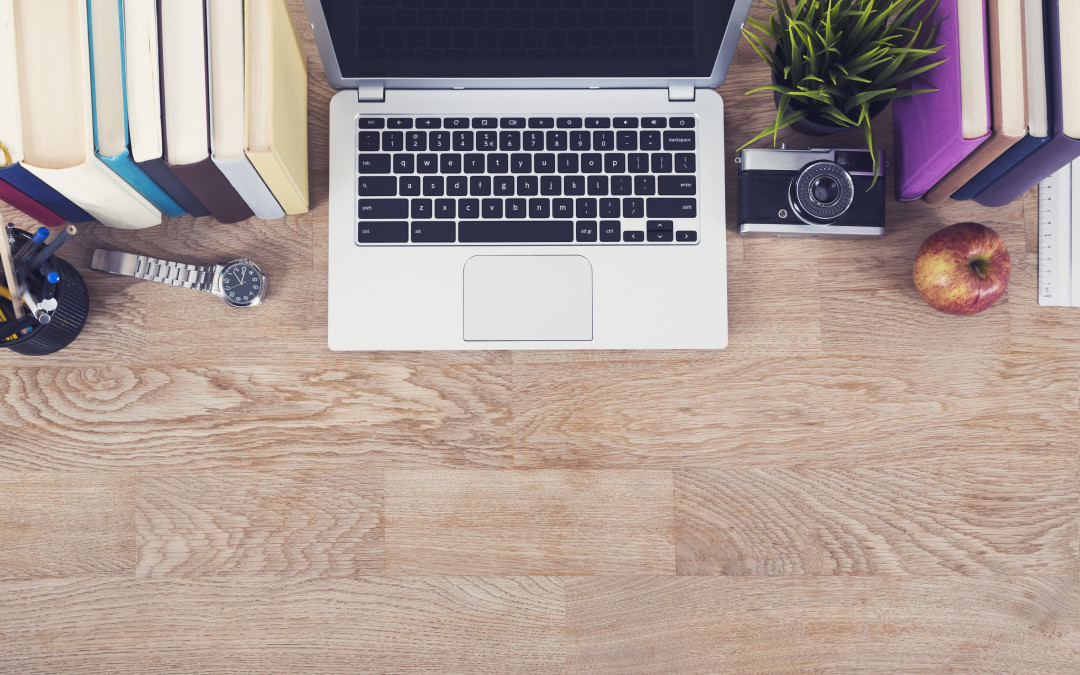Is there a link between clutter and your bottom line? Research would suggest so.
In our experience paper clutter is the number one problem experienced in most offices and businesses. Every week we are asked by clients how they can better manage the paper avalanche that continues to tumble into offices each day. Despite the notion that we should have a paperless office, this simply isn’t a realistic proposition for most businesses. Whilst the amount of paper may have reduced with the introduction of email, electronic faxes and cloud based document exchange and management, paper continues to arrive into our workplace every day.
Whilst there aren’t any formal statistics available regarding the effect on profits caused by clutter in Australia, if we look at reports coming out of America, then it would stand to reason that our results would be similar.
In the US, studies show that the average person wastes 4.3 hours each week searching for papers. Whilst that in itself is costly, it also has an impact on the health of employees in the form of stress, anxiety and reduced productivity for that period of time. These health issues in themselves can impact on productivity should your employee require time away from work due to illness. In addition, the average executive loses one hour of productivity searching for missing information.
Those lost hours each week can soon add up over the course of a year and have a huge impact on your bottom line. Let’s assume that your employee had a charge out rate of just $50 an hour, that equates to over $10,000 per annum, per person!
So how do we manage clutter in our office environment when we only have “control” over limited space?
- Avoid print off emails for the sake of it. if the document needs to be retained, save it directly to the appropriate folder or your document management system. You are also saving the planet and you are already reducing the paper clutter on your desk!
- Review how your store your papers. Perhaps you use traditional trays that turn into piles and are constantly falling onto your work space. If there are documents that you are currently work on, consider vertical filing such as the “step files” or magazine boxes – these are great for visual people and takes up less desk space. If the documents need to be retained for future reference, try scanning and storing them electronically is the best option (remember to shred the original hard copy if security is an issue).
- Do a mini-tidy at the end of each day, put files away, prepare and send mail, distribute documents that belong to workmates etc, even the coffee cup back in the kitchen. Each day you will return to an organised desk and be ready to start the day.
- If you have lots of personal items cluttering up your workstation then consider reducing this. Whilst it is important to have personal photographs, it becomes a problem when your display of photos turns into a complete gallery!
- Make an “appointment” with yourself each week to de-clutter and organise your space – Friday afternoons tend to be a good time as it will prepare your desk ready for the next week. This appointment should be non-negotiable and will definitely help you keep on top of the mountain of paper!

